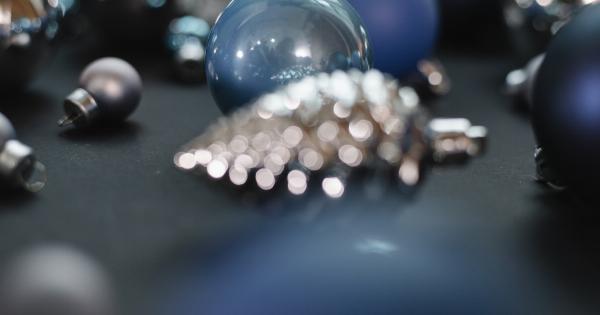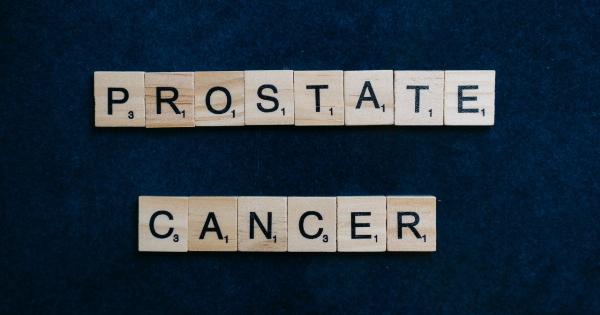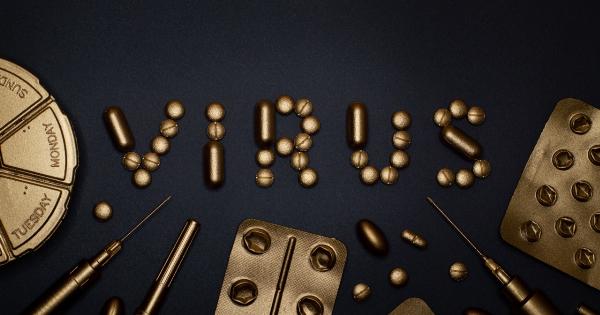Early detection of cancer is crucial in increasing the chances of successful treatment and recovery. While it’s commonly believed that cancer primarily affects older individuals, young men can also be at risk.
Self-examination is a simple yet effective way for young men to detect early signs of cancer and seek medical attention promptly. In this guide, we will explore the different types of self-examinations that young men should perform regularly to catch any potential cancerous developments at an early stage.
Testicular Self-Examination
Testicular cancer is the most common cancer in young men between the ages of 15 and 35. Regular testicular self-examination is essential for early detection. Follow these steps to perform a testicular self-examination:.
1. Stand in front of a mirror and visually inspect your scrotum. Look for any swelling, changes in shape or size, or any lumps or bumps.
2. Gently hold one testicle between your thumb and fingers, and roll it between your fingers. Feel for any hard lumps, smooth or rounded masses, or any other abnormalities. Repeat this process for the other testicle.
3. If you notice any changes or abnormalities during the self-examination, such as a lump or swelling, make sure to consult a healthcare professional promptly for further evaluation.
Skin Self-Examination
Skin cancer is another type of cancer that can affect young men. Regular self-examination of the skin can help identify early signs of skin cancer. Follow these steps for a comprehensive skin self-examination:.
1. Find a well-lit area and stand in front of a full-length mirror. Start by examining your face, paying close attention to your nose, lips, ears, and scalp.
Use a hand mirror to check the back of your neck, scalp, and the areas that are difficult to see directly.
2. Next, check your upper body, including your chest, arms, and underarms. Look for any changes in moles or birthmarks, new growths, or any abnormalities in the skin.
3. Proceed to examine your lower body, including your legs, feet, and the soles of your feet. Don’t forget to check your genital area as well.
4. Finally, sit down and carefully check your nails, including the nail beds, for any unusual changes. Pay attention to any dark streaks, discoloration, or changes in the nails.
5. If you notice any suspicious spots, growths, or changes in your skin during the self-examination, it is crucial to consult a dermatologist for further evaluation and potential biopsy.
Prostate Self-Examination
Prostate cancer primarily affects older men, but it’s still important for young men to be aware of their prostate health. Though self-examination cannot definitively diagnose prostate cancer, it can help in detecting potential abnormalities.
Here’s how to perform a prostate self-examination:.
1. Start by emptying your bladder and wash your hands thoroughly to maintain hygiene during the examination.
2. Gently insert a lubricated, gloved finger into your rectum. Slowly move your finger in a circular motion, feeling for any irregularities or bumps on the prostate gland.
3. Note any pain, tenderness, or hard lumps during the examination.
4. If you notice any concerning symptoms or abnormalities, such as difficulty urinating, frequent urination, blood in urine or semen, or persistent pelvic pain, it is essential to consult a healthcare professional for further evaluation.
Oral Self-Examination
Oral cancers, including throat and tongue cancers, can affect young men as well. Regular self-examination of the oral cavity can help in the early detection of these cancers. Follow these steps for an oral self-examination:.
1. Stand in front of a mirror with good lighting and open your mouth wide.
2. Examine the inside of your mouth, including your lips, gums, cheeks, roof of your mouth, tongue, and the back of your throat. Look for any sores, white or red patches, unusual bumps, or any other abnormalities.
3. Stick out your tongue and examine its surface, sides, and underneath.
4. If you observe any concerning changes or abnormalities in your oral cavity during the self-examination, consult a healthcare professional or a dentist for further evaluation.
Summary
Regular self-examination is an essential part of maintaining good health and detecting potential early signs of cancer in young men.
By performing testicular, skin, prostate, and oral self-examinations, young men can stay proactive in their cancer awareness and seek medical attention promptly if any abnormalities are detected. Remember, self-examination should never replace regular medical check-ups, but can complement them and contribute to overall cancer prevention efforts.





























